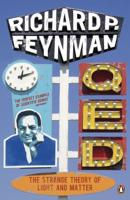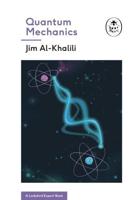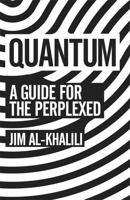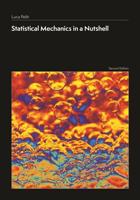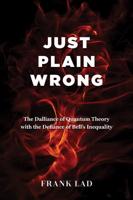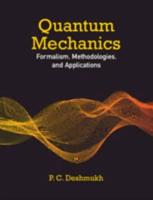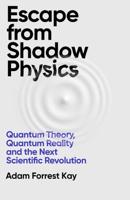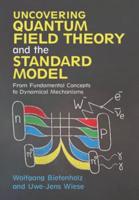Publisher's Synopsis
In 1935, Erwin Schrödinger, a brilliant Austrian physicist, proposed a thought experiment destined to become a cultural icon and a philosophical conundrum. At a time when quantum physics was beginning to shake the foundations of scientific thought, Schrödinger imagined a cat locked in a box, trapped in a situation that was as absurd as it was enlightening: alive and dead at the same time, at least until an observer opened the lid of the box.
To those who do not master the details of quantum mechanics, the paradox may seem like an absurdity. And, in fact, that is precisely its strength. Schrödinger was not trying to define a new physical principle, but to point out the strange consequences of a still young theory. "His" cat, placed at the boundary between two opposite states, has become much more than a conceptual experiment. It is a mirror reflecting the paradoxes of nature, perception and even our culture.
The paradox is rooted in the theory of quantum superposition, a property described by the Schrödinger equation itself. In the world of the infinitely small, particles such as electrons and photons do not "are" in one state, but in a combination of states simultaneously. However, this bizarre behavior seems to disappear in the macroscopic world: a cat does not travel instantaneously to two different places nor does it appear simultaneously alive and dead.
The paradox, then, raises an essential question: when does the transition from the microcosm to our everyday world occur? Is it due to the observer? Of our way of interpreting reality? Or of the nature of reality itself, which is perhaps much more "nuanced" than we imagine?
Immanuel Kant, centuries before Schrödinger formulated his paradox, had argued that reality is never directly accessible. There is always a "mediation" of our mind, which organizes what we perceive according to categories such as space and time. But quantum physics seems to push us beyond Kantian thinking, suggesting that reality itself may depend on our act of observing it.
Schrödinger's cat metaphor has crept in everywhere, from science fiction novels to music videos to memes circulating on social media. Behind this levity, however, lies a complex and provocative thought: the cat embodies the uncertainty of our knowledge and the fragility of our way of thinking about reality.
The cat does not belong only to physicists and philosophers. In a sense, Schrödinger created a tool that invites us to see connections between different disciplines: physics, philosophy, art, psychology. His box becomes a metaphor for our own universe, in which more questions remain than answers.
For example, in the field of modern psychology, the cat paradox is sometimes used to explain the concept of cognitive ambiguity. We easily accept the idea that some events can have more than one interpretation, but it is much more difficult to accept that something can "be" two things at once.
Enclosing Schrödinger's Cat in a single interpretation is impossible, but perhaps this is the true meaning that the paradox offers us. It is an invitation to think differently. An encouragement to push the boundaries of our certainties. A reminder that the universe is infinitely complex and that, like the cat, our worldview is an overlay of assumptions, viewpoints and mysteries yet to be explored.
After all, the real protagonist of this story is not just the cat, but ourselves. How willing are we to accept that the way we look at reality might be only one of many possible versions? This is the legacy of the paradox. Not the solution, but the question. An endless curiosity.

